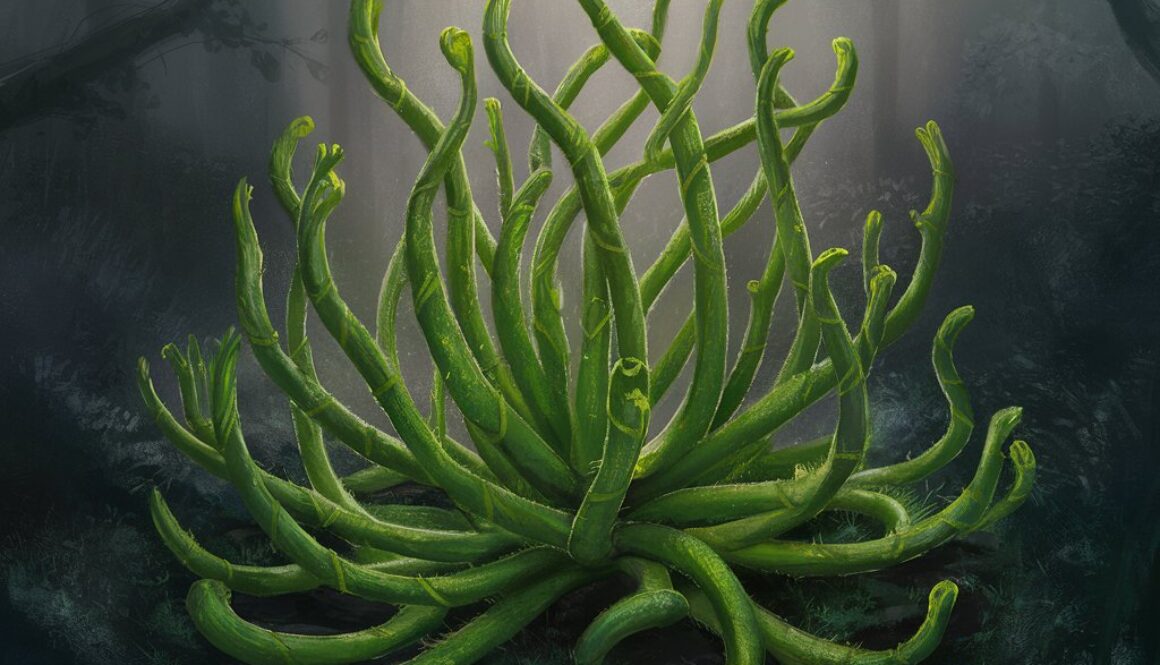Bone setter
Bone setter, scientifically known as Cissus quadrangularis, is a perennial plant native to parts of Africa and Asia. Commonly known as Veldt grape, Devil’s backbone, or Hadjod, this plant is widely recognized in traditional medicine for its remarkable ability to promote bone health and healing.
Part Used: The primary parts of the bone setter plant used are its stems and leaves. These parts are rich in various bioactive compounds such as flavonoids, triterpenoids, and ketosteroids, which contribute to its medicinal properties.
Usage: Bone setter is primarily used in traditional medicine to treat bone fractures and promote bone health. It is believed to accelerate the healing process of broken bones, reduce pain, and improve bone density. The plant is often consumed in the form of capsules, powders, or extracts. Besides its bone-healing properties, it is also used to treat conditions like osteoporosis, arthritis, and scurvy. Additionally, bone setter has anti-inflammatory and antioxidant properties, making it useful in managing gastrointestinal disorders and enhancing overall wellness.
Agrotechniques: Cultivating bone setter requires a warm, tropical or subtropical climate with well-drained sandy or loamy soil. The plant can be propagated through stem cuttings, which should be planted in a mixture of sand and compost to promote rooting. Bone setter thrives in full sunlight but can also tolerate partial shade. Regular watering is essential, especially during dry periods, but care should be taken to avoid waterlogging. Fertilization with organic compost or manure can enhance growth and yield. The plant is relatively low-maintenance and resistant to pests and diseases, making it suitable for both garden cultivation and larger agricultural operations. Pruning can help manage growth and encourage bushier, healthier plants.

